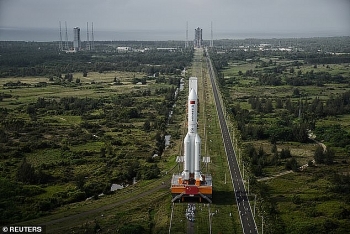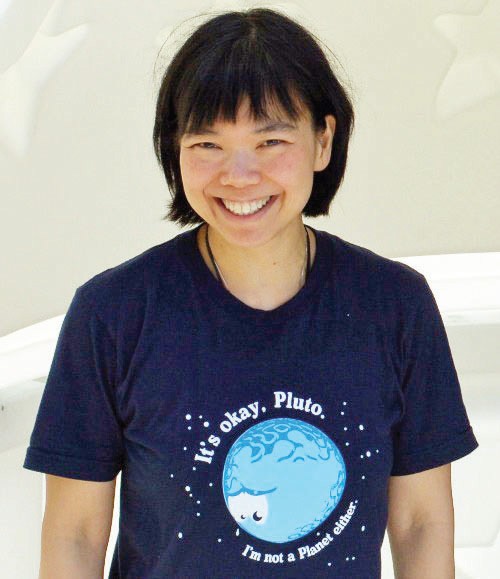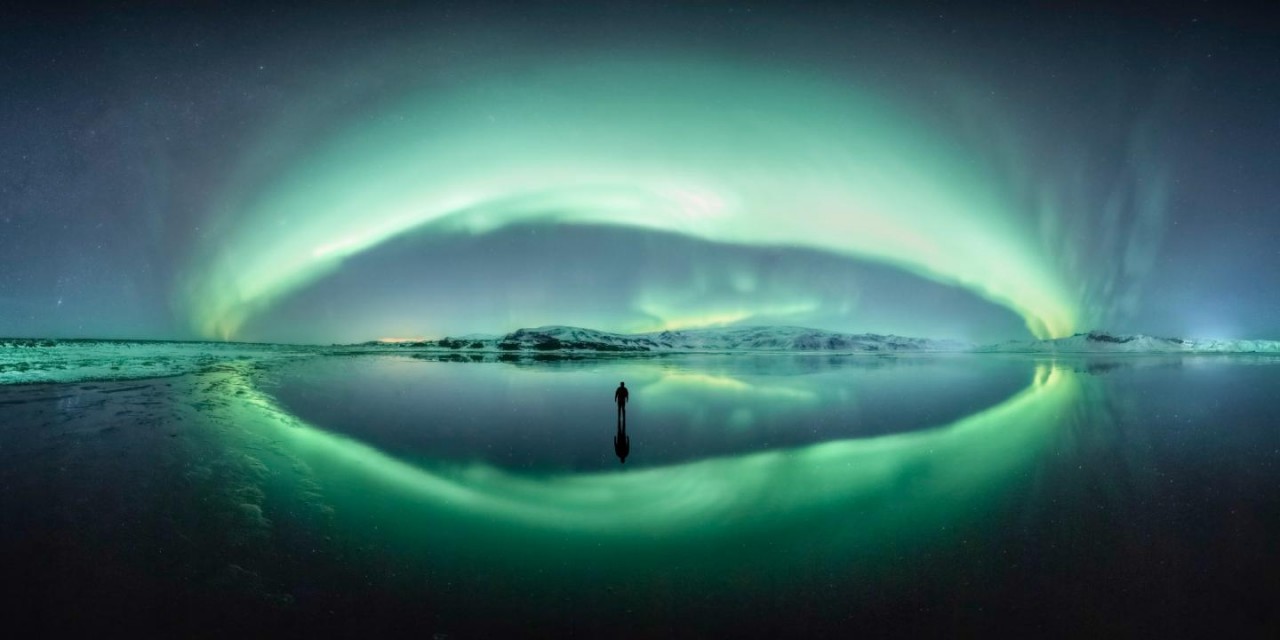Cold Moon 2020: All things you need to know about the last full moon of the decade
When to see December's full moon?
The Full Cold Moon arriving Dec. 29 will be the last full moon of the year, ushering in the winter constellations and notably, three naked-eye planets in the evening sky.
The moon becomes officially full at 10:28 p.m. EST (0328 Dec. 30 GMT), according to NASA's SkyCal site. For New York City observers, the moon will rise Dec. 29 at about 4:12 p.m. and set at 7:52 a.m. local time on the morning of Dec. 30.
According to the Old Farmer's Almanac, the full moon in December is called the Full Cold Moon, and it's pretty clear why, at least if you live in the Northern Hemisphere’s mid-latitudes. This particular Cold Moon will rise accompanied by Mars, which will be high in the southern skies just after sunset, as well as Jupiter and Saturn, which will be low in the west coming out of the "great conjunction," which occurred Dec. 21.
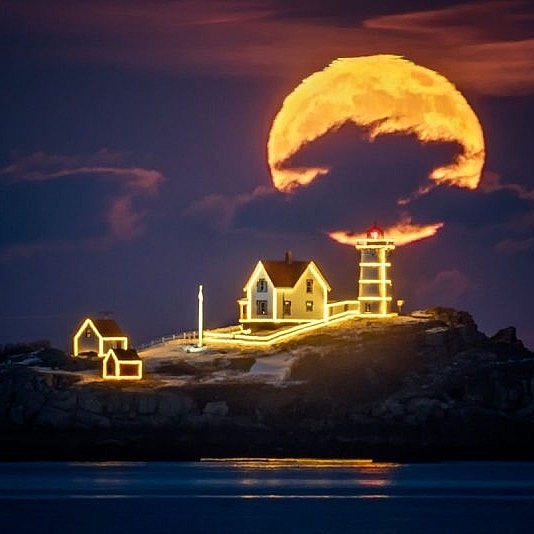 |
| Photo: Earth Sky |
When is the best time to see the full ‘Cold Moon’ from North America?
According to Forbes, the key time is about 15 minutes after the official time of moonrise where you are. For North Americans, the best time to look at the full “Cold Moon” will be on Tuesday, December 29, 2020. As an example, on that day the Moon will rise in New York City at 4:13 p.m. EST while the Sun will set at 4.37 p.m. EST.
The following day, on Wednesday December 30, 3030, sunset is at the same time of 4.37 p.m. EST, with the Moon rising at 5.08 p.m. EST. So the just-past-full Moon will rise in a darker sky—but it’s probably still worth a look.
It’s a similar case in Los Angeles, where the key moonrise times are 4.38 p.m. PST on Tuesday, December 29, 2020 and 5.33 p.m. PST on Wednesday, December 30, 2020.
Just remember that you won’t see the Mon appear on the eastern horizon until about 215-20 minutes after these moonrise times. Patience is everything and it certainly will appear—if skies are clear.
When is the best time to see the full ‘Cold Moon’ from Europe?
For Europeans, the best time to look at the full “Cold Moon” will be on Wednesday, December 30, 2020. As an example, in London the moonrise will be at 4:10 p.m. GMT, which is 10 minutes after sunset. So 4:30 p.m. GMT will be a good time to look to the eastern horizon.
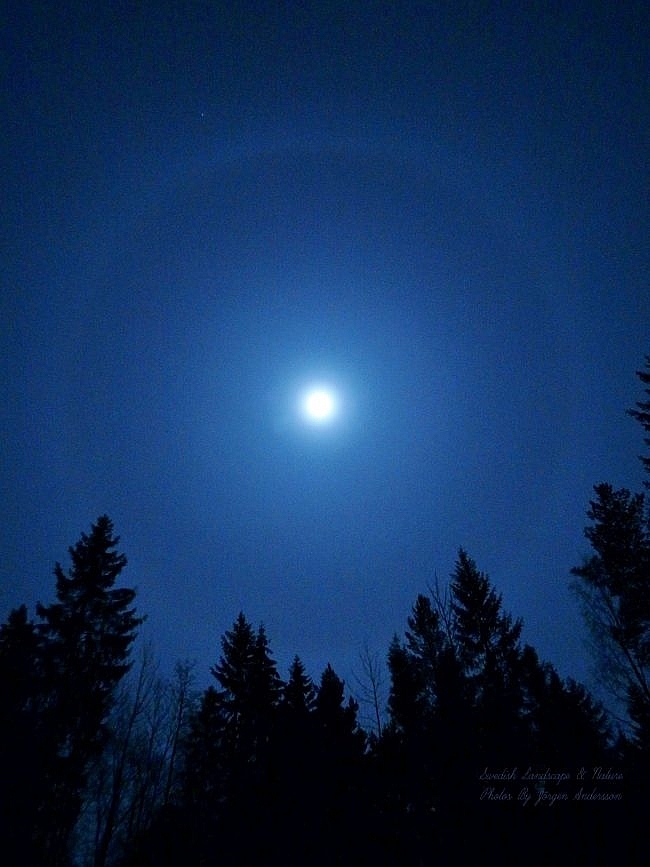 |
| Jörgen Norrland Andersson in Sweden caught this 22-degree halo around the moon on December 11, 2019. |
Why is it called the Cold Moon?
According to Mind Body Green, each month's full moon has a different name, usually related to nature, the weather, or what's in season at the time. Most of these names originally come from Native American culture, and the Mohawk people of southeastern Canada and northern New York state are said to have named December's full moon "the Cold Moon," as conditions get steadily colder around the Northeast during this month.
According to Almanac, other names that allude to the cold and snow include Drift Clearing Moon (Cree), Frost Exploding Trees Moon (Cree), Moon of the Popping Trees (Oglala), Hoar Frost Moon (Cree), Snow Moon (Haida, Cherokee), and Winter Maker Moon (Western Abenaki).
This full Moon has also been called the Long Night Moon (Mohican), as it rose during the “longest” nights of the year, which are near the December winter solstice. This name is also fitting because December’s full Moon shines above the horizon for a longer period of time than most full Moons.
In Europe, ancient pagans called the December full Moon the “Moon Before Yule,” in honor of the Yuletide festival celebrating the return of the sun heralded by winter solstice.
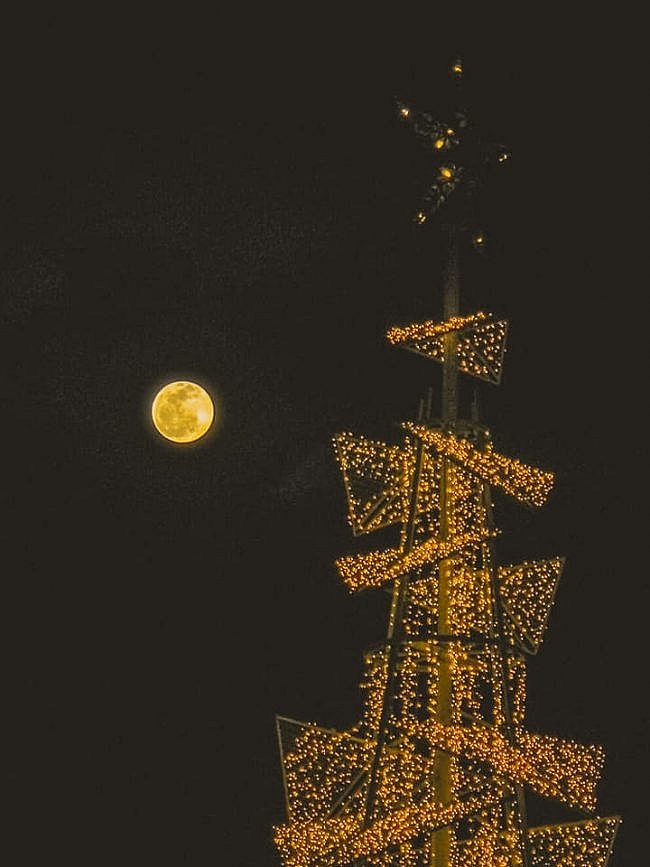 |
| John Jairu Lumbera Roldan caught the moon on December 11-12, 2019, and wrote: “The last full moon of this decade. Love, from the Philippines.” |
What makes Cold Moon 2020 special?
The Cold Moon will have a distinctively high trajectory across the sky. This results in the moon being visible over the horizon for a longer period of time, First Post reported.
It is also called the ‘Long Night Moon’ as the event occurs on one of the longest nights of the year. This is because the date is fairly near to the winter solstice. As it takes place just after Christmas, the full moon is called the ‘Moon After Yule’ in Europe as well. According to the Old Farmer’s Almanac, the name Cold Moon has seeped in from some traditions observed by the native Americans. The name refers to the “frigid conditions of this time of year”.
According to a report by Forbes, the timing of the Moon reaching its peak illumination is behind the globe spotting the Cold Moon on two different dates. While the Asia Pacific, Europe and Africa will have a full moon on 30 December, both South America and North America will have it a day prior, on 29 December.
After this, the full moon is going to appear to be a full-blown moon for the next three days.
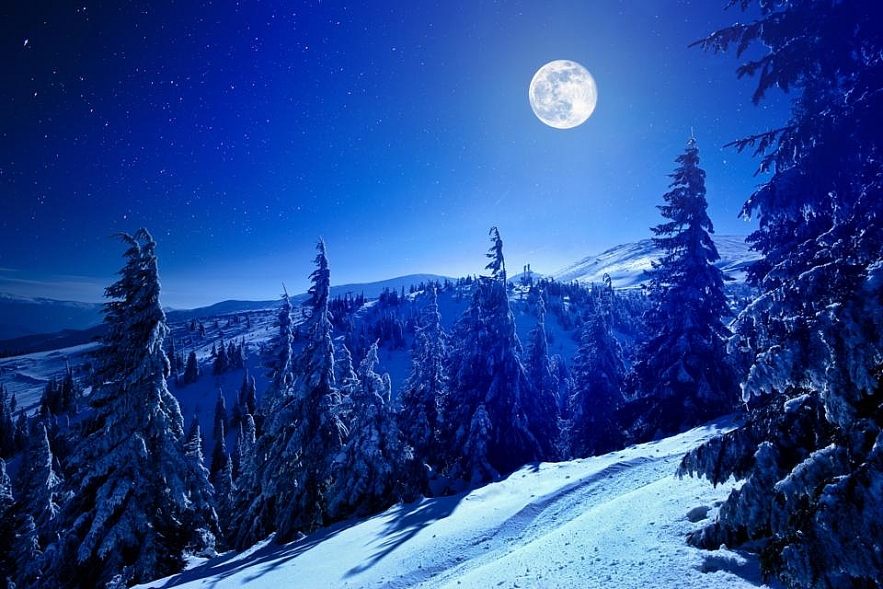 |
| Snowy view in Carpathian Mountains, winter landscapes series. GETTY |
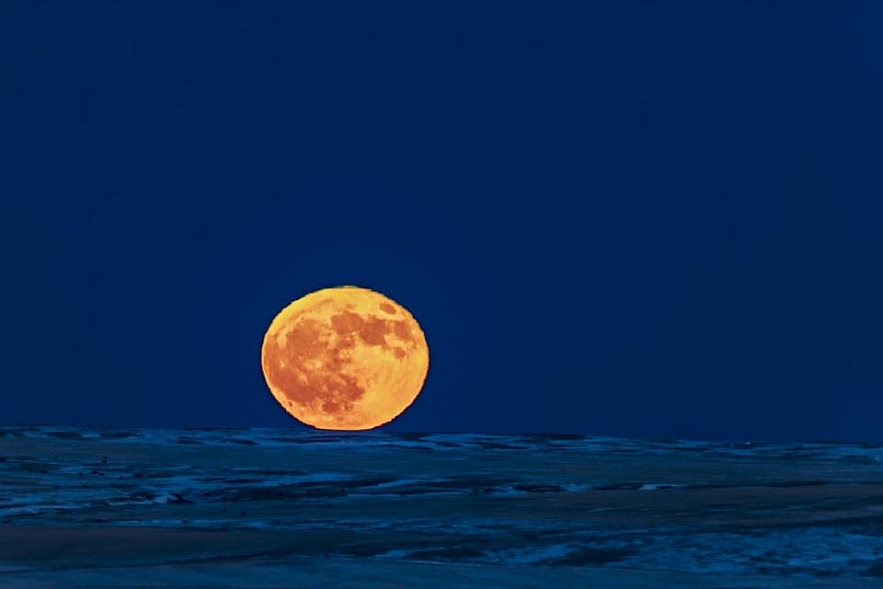 |
| The Full Moon rising on December 22, 2018, the day after the winter solstice, in a perfectly clear. Photo: Getty. |
How to work with the Cold Moon 2020?
Some believe the bright light of the full moon has a way of illuminating our shadows, causing strange behavior. Some anecdotally report an increase in energy and strange dreams in the days surrounding the full moon, for example.
The good news is there are plenty of ways to work with moon energy instead of letting it control us.
As mbg's resident astrologists the AstroTwins have explained, a full moon is the spiritual and energetic pinnacle of that lunar cycle. Did you set any intentions during the last new moon that are now coming to a head? Or perhaps you want to focus on what you're letting go in 2021 rather than what you're taking on?
The days following the full moon are a time of shedding and release, so keeping that (and the New Year in mind), here are some ideas for working with the Cold Moon:
+ Journal about what you've learned this year. The full moon is a great time to reflect before we drop into the waning energy of the days following. And being the final full moon of the year, it's a particularly good time to zoom out and reflect on the year as a whole.
+ Make full moon water. Simply leave a container of water in the moonlight overnight to infuse it with the moon's energy, and by morning it will be ready to use in your next ritual.
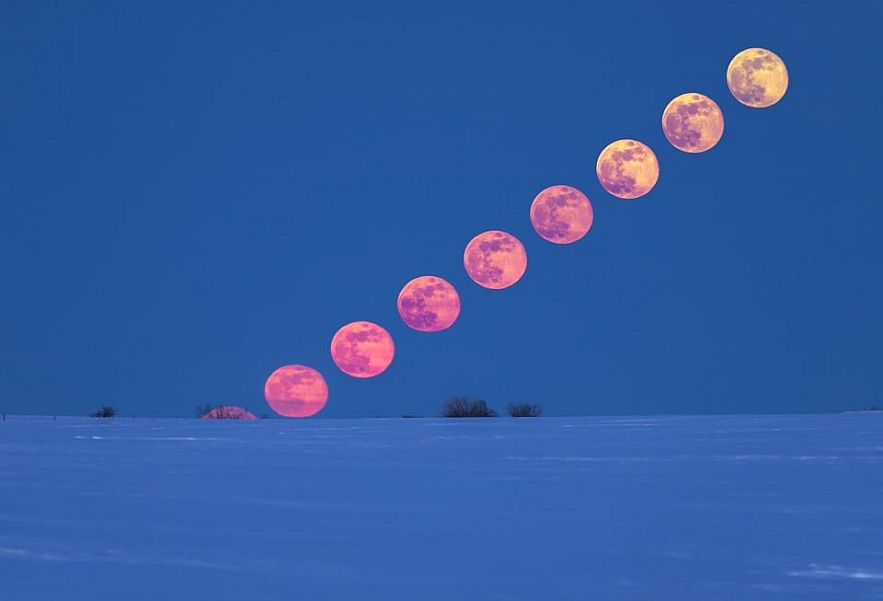 |
| A rising full Moon on March 31, 2018 in Alberta, Canada (Photo by: VW Pics/Universal Images Group. |
+ Have a virtual full moon circle. Sometimes one of the best ways to amplify a reflection or intention is to share it with others. Plan a virtual get-together with your fellow moon-lovers and offer your takeaways from this year, plus your intentions for next.
+ Get clear on what you want to let go of. Whether through journaling, meditation, or talking it out in a full moon circle, ask yourself, What's not working? What needs to go? What's taking up unnecessary space in my life that I want to release in 2021?
+ Take a moon bath. Tap into the powerful lunar energy by taking a luxurious bath with all the fixings: candles, crystals, music—whatever you like. Make it a time to get quiet with yourself, set intentions, and allow the moon to cleanse you energetically.
 | Stranded Vietnamese in Japan's prefecture celebrate full-moon festival The Vietnamese Buddhist Association in Japan and Hana’s Charity have recently organised a full-moon festival at a community centre in Chiba prefecture where nearly 60 ... |
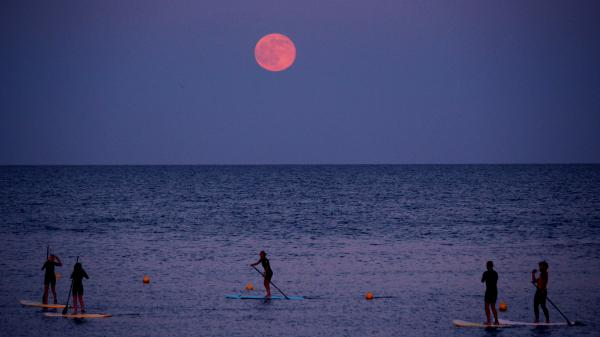 | Strawberry Moon 2020 comes on June 5 and gives fabulous opportunities to moon-gazers The Strawberry Moon is due to rise on Friday, as the Moon completes another Lunar cycle. The wild strawberries that start to ripen during early ... |
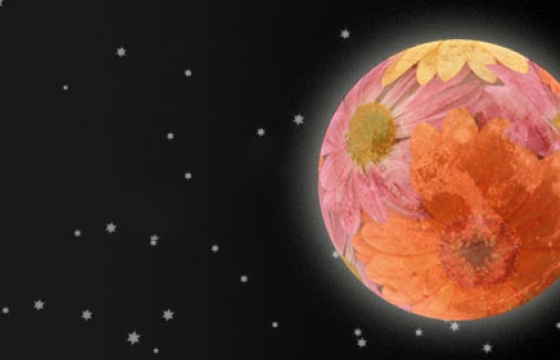 | World news today: Fullmoon May 2020 shines the brightest, National Nurses Day launched World news today May 7 sees athletes from 14 professional sports leagues across the globe dedicate their jerseys and uniforms to a special health care hero. Meanwhile, ... |
Recommended
 World
World
Thailand Positions Itself As a Global Wellness Destination
 World
World
Indonesia Accelerates Procedures to Join OECD
 World
World
South Korea elects Lee Jae-myung president
 World
World
22nd Shangri-La Dialogue: Japan, Philippines boost defence cooperation
 World
World
Pakistan NCRC report explores emerging child rights issues
 World
World
"India has right to defend herself against terror," says German Foreign Minister, endorses Op Sindoor
 World
World
‘We stand with India’: Japan, UAE back New Delhi over its global outreach against terror
 World
World

